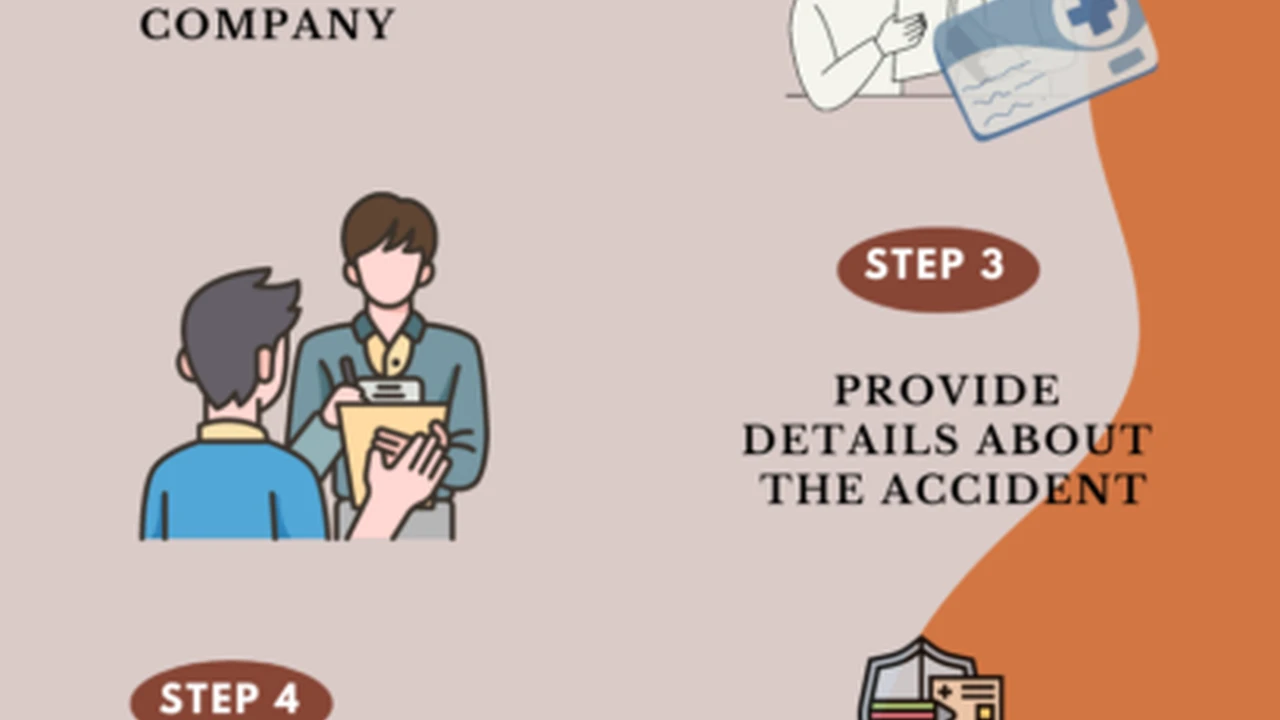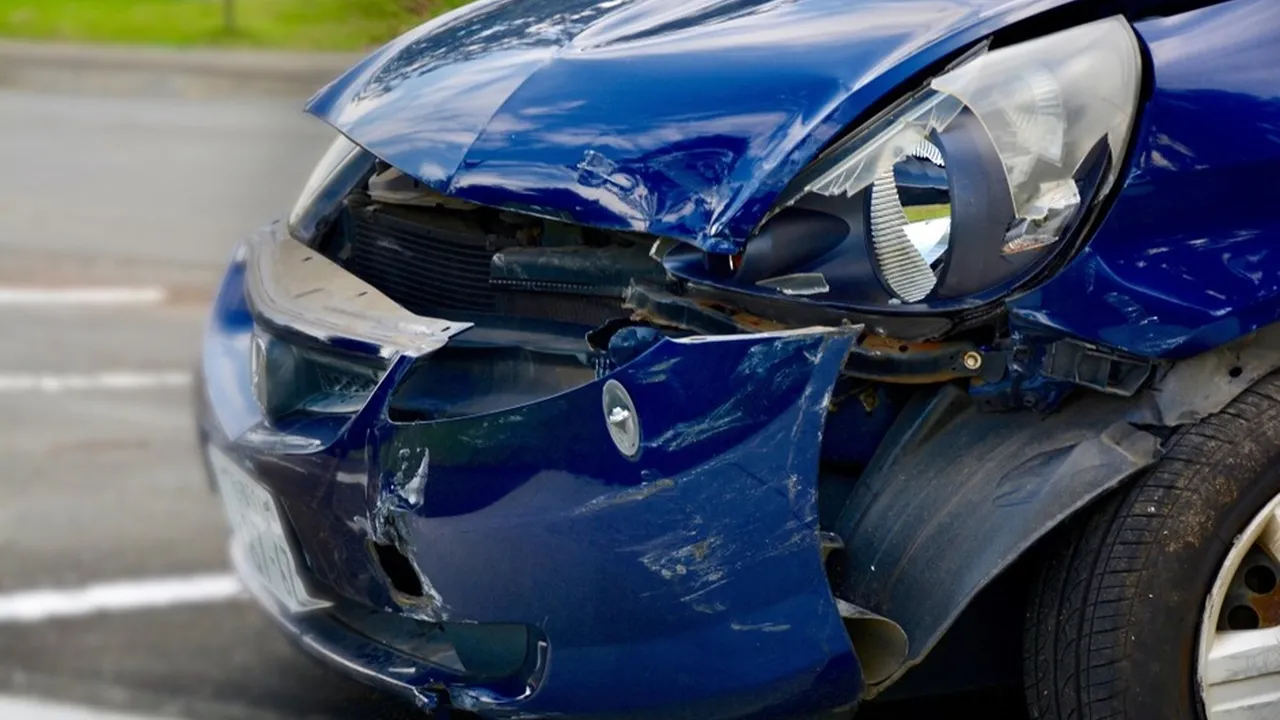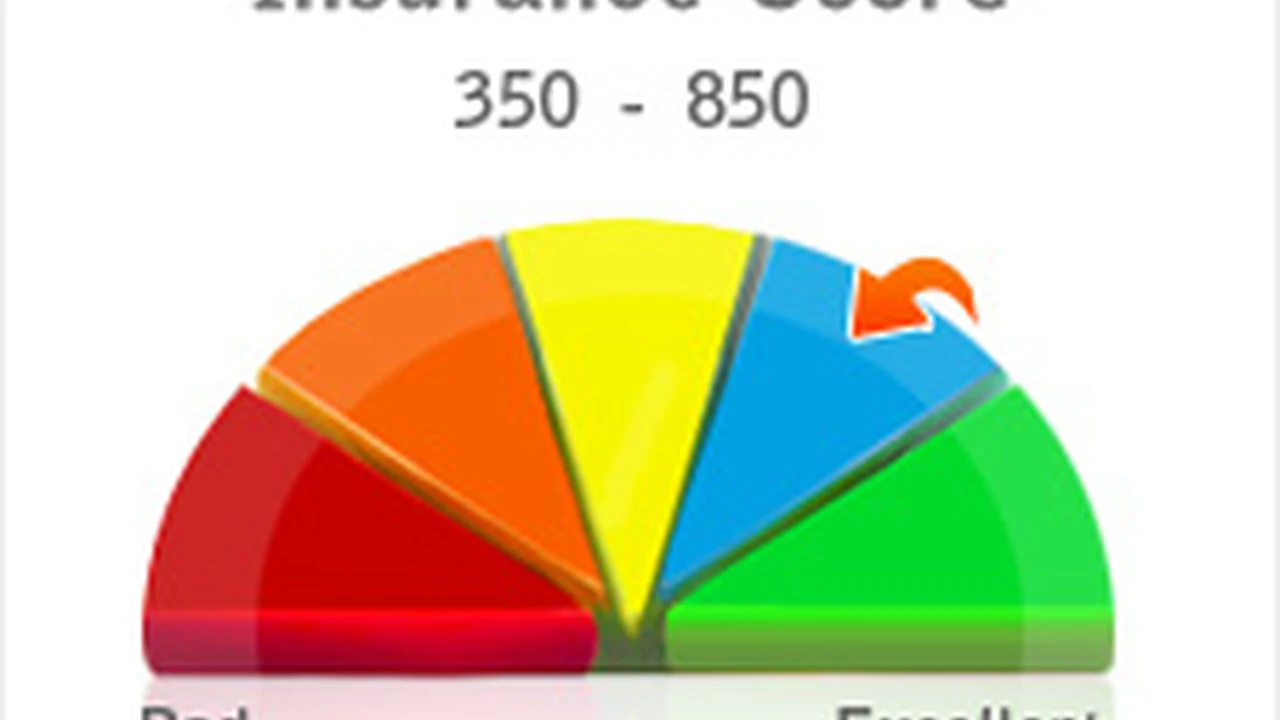How to File a Car Insurance Claim After an Accident

Understanding the Basics of Car Insurance Claims (Accident Claims 101)
So, you've been in a car accident. Ugh. Nobody wants to deal with that. But, if you have car insurance, you're not alone. Filing a claim is how you get your car fixed (or replaced) and cover those medical bills. Think of it as your insurance company keeping its promise to protect you financially when things go wrong. But where do you even begin? This guide will walk you through the process, step-by-step, in plain English.
Step 1: Assess the Situation and Gather Information (Accident Scene Management)
First things first, make sure everyone is safe. Check yourself and your passengers for injuries. Then, check on the other driver and their passengers. If anyone is hurt, call 911 immediately. Even if it seems minor, reporting the accident to the police is often a good idea. They'll create an official report, which can be super helpful later on.
Now, gather as much information as you can. This includes:
- The other driver's name, address, phone number, and insurance information.
- Their license plate number.
- The make and model of their car.
- The names and contact information of any witnesses.
- Photos of the accident scene, including damage to all vehicles involved.
- The police report number (if applicable).
Don't admit fault at the scene, even if you think you might be partially responsible. Just stick to the facts.
Step 2: Notify Your Insurance Company (Reporting the Accident)
Time to call your insurance company. Most companies have a 24/7 claims hotline or an online portal where you can report the accident. Be prepared to provide them with all the information you gathered at the scene. They'll ask you a bunch of questions about what happened, so be as clear and accurate as possible. Don't exaggerate or leave out any details. Honesty is the best policy here.
Your insurance company will assign you a claims adjuster. This is the person who will be handling your claim. They'll investigate the accident and determine how much your insurance company is responsible for paying.
Step 3: Document Everything (Evidence Collection for Your Claim)
Keep a detailed record of everything related to the accident. This includes:
- Photos and videos of the damage.
- Copies of the police report.
- Medical records and bills.
- Lost wage statements (if you had to miss work due to the accident).
- Repair estimates from auto body shops.
- Any communication you have with your insurance company or the other driver.
The more documentation you have, the stronger your claim will be.
Step 4: Get a Repair Estimate (Choosing a Body Shop)
Your insurance company may recommend a specific auto body shop, but you usually have the right to choose your own. Get estimates from several different shops to compare prices and services. Make sure the shop is reputable and has experience working on your type of vehicle.
Talk to the repair shop about the extent of the damage and what repairs are needed. Get everything in writing, including a detailed breakdown of the costs.
Step 5: Working with the Claims Adjuster (Negotiating Your Settlement)
The claims adjuster will review your claim and determine how much your insurance company is willing to pay. They may try to lowball you, so be prepared to negotiate. If you disagree with their offer, provide them with additional documentation or information to support your claim.
Don't be afraid to ask questions and challenge their decisions. You have the right to a fair settlement.
Step 6: Understanding Your Policy (Coverage and Deductibles Explained)
Before you start the claims process, it's a good idea to review your car insurance policy. This will help you understand what coverage you have and what your deductible is. Your deductible is the amount you have to pay out of pocket before your insurance company starts paying.
For example, if you have a $500 deductible and the repairs to your car cost $2,000, you'll have to pay $500, and your insurance company will pay the remaining $1,500.
Step 7: Dealing with the Other Driver's Insurance Company (Third-Party Claims)
If the accident was the other driver's fault, you'll need to file a claim with their insurance company. The process is similar to filing a claim with your own insurance company, but it can sometimes be more complicated. The other driver's insurance company may be less willing to pay out a fair settlement.
Be prepared to negotiate and provide them with all the necessary documentation. If you're having trouble, you may want to consider hiring an attorney.
Step 8: Potential Pitfalls and How to Avoid Them (Common Claim Issues)
Here are a few common pitfalls to watch out for when filing a car insurance claim:
- Delays: Insurance companies can sometimes take a long time to process claims. Stay in contact with your claims adjuster and follow up regularly.
- Lowball offers: As mentioned earlier, insurance companies may try to lowball you. Be prepared to negotiate.
- Denials: Your claim could be denied if the insurance company believes you were at fault for the accident, if your policy doesn't cover the damage, or if you provided false information.
- Disputes over fault: If there's a disagreement over who was at fault for the accident, it could delay the claims process.
Step 9: Recommended Products and Services for After an Accident (Post-Accident Essentials)
Dealing with the aftermath of a car accident can be stressful. Here are a few products and services that can help:
Dash Cams: The Ultimate Witness (Accident Recording Devices)
A dash cam records everything that happens while you're driving. In the event of an accident, the footage can be used as evidence to prove who was at fault.
Product Recommendation: Garmin Dash Cam 67W
Use Case: Mount it on your windshield and let it record your drives. If you're in an accident, the footage will be automatically saved.
Comparison: Compared to the Nextbase 622GW, the Garmin Dash Cam 67W is smaller and more discreet, but the Nextbase 622GW has better image quality.
Price: Around $250.
First Aid Kits: Be Prepared for Minor Injuries (Emergency Medical Supplies)
A well-stocked first aid kit can help you treat minor injuries at the scene of an accident.
Product Recommendation: First Aid Only All-Purpose First Aid Kit
Use Case: Keep it in your car for emergencies. It includes bandages, antiseptic wipes, pain relievers, and other essential supplies.
Comparison: Compared to a basic travel first aid kit, the First Aid Only kit has a wider range of supplies and is better suited for car accidents.
Price: Around $20.
Car Jump Starters: Avoid Getting Stranded (Portable Power Solutions)
Sometimes, accidents can drain your car battery. A car jump starter can help you get back on the road quickly.
Product Recommendation: NOCO Boost Plus GB40 1000 Amp 12-Volt UltraSafe Lithium Jump Starter Box
Use Case: Keep it in your trunk. If your battery dies, you can use it to jump-start your car without needing another vehicle.
Comparison: Compared to jumper cables, the NOCO Boost Plus is safer and easier to use. It also has a built-in flashlight.
Price: Around $100.
Legal Consultation: Know Your Rights (Professional Legal Advice)
If you're having trouble with your claim or if you've been seriously injured, consider consulting with an attorney. They can help you understand your rights and negotiate with the insurance company on your behalf.
Service Recommendation: Avvo
Use Case: Use Avvo to find and compare attorneys in your area who specialize in car accident claims.
Comparison: Compared to other online legal directories, Avvo has a comprehensive database of attorneys and provides detailed information about their qualifications and experience.
Price: Consultation fees vary depending on the attorney.
Step 10: Frequently Asked Questions (Car Insurance Claim FAQs)
Q: How long do I have to file a car insurance claim?
A: The time limit for filing a claim varies by state and insurance company. Check your policy for details. However, it's best to file a claim as soon as possible after the accident.
Q: What if the other driver doesn't have insurance?
A: If the other driver doesn't have insurance, you may be able to file a claim under your own uninsured motorist coverage.
Q: Can I file a claim if I was partially at fault for the accident?
A: Yes, you may still be able to file a claim, but the amount you receive may be reduced based on your percentage of fault.
:max_bytes(150000):strip_icc()/277019-baked-pork-chops-with-cream-of-mushroom-soup-DDMFS-beauty-4x3-BG-7505-5762b731cf30447d9cbbbbbf387beafa.jpg)






